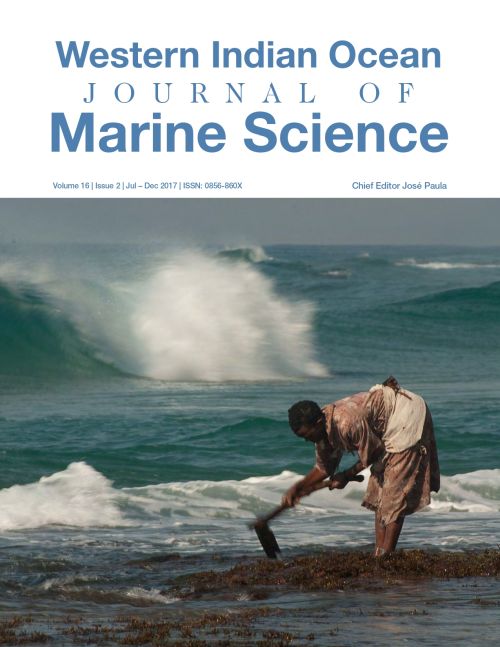Main Article Content
Factors influencing migrant fisher access to fishing grounds
Abstract
Fisher migration plays a critical role in artisanal fisheries in the Western Indian Ocean. The present study uses a multiple method approach to evaluate fishing behaviour of migrant fishers at four destinations in Kenya, and focuses on fishing grounds used by migrant fishers to illustrate spatial characteristics that attract or determine access and fishing behaviour. Migrant fisher knowledge of natural trends, cycles and oceanographic processes that influence the abundance of target resources largely determines access to fishing grounds. Calm winds and a fairly high Chl-a concentration make favourable conditions at fishing grounds on the north coast during the northeast monsoon. Fishing grounds on the south coast include sheltered areas that remain accessible during the southeast monsoon. Increased fisheries productivity is experienced during the rainy season due to sediment loading and increased supplies of particulate matter. The main catch landed on the north coast included octopus, grouper and tripletail that were found within the reefs and on the deep slopes, while on the south coast it included needlefish, tunas and mackerels, barracuda and sardine, among other highly migratory pelagic species. Besides natural conditions, local regulations at the destination, including gear and licence restrictions, were also found to be important determinants of access by migrant fishers.




